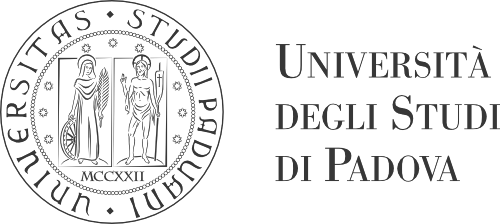Second Level Degree in Mathematics
Jump second level menu- Courses
- Timetable
- Exams
- Individual study program
- Student seminars
- Thesis
- Thesis Archive
- Graduation dates
- Contacts
CRYPTOGRAPHY - 6 CFU
Teacher
Alessandro Languasco
Scheduled Period
I Year - 1 Semester | 30/09/2019 - 18/01/2020
Hours: 48 (8 esercitazione, 40 lezione)
Prerequisites
The topics of the following courses: Algebra (congruences, groups and cyclic groups, finite fields), Calculus (differential and integral calculus, numerical series) both for the BA in Mathematics.
Target skills and knowledge
The main goal of the Cryptography course is to give an overview
of the theoretical basis of the field in order to allow a critical study of the cryptographic protocols used in many applications (authentication, digital commerce). In the first part we will give the mathematical basic tools (essentially from elementary and analytic number theory) that are required to understand modern public-key methods. In the second part we will see how to apply this know-how to study and criticize some protocols currently used.
Examination methods
Written exam
Assessment criteria
During the written exam the student will have to reply to some questions about the topics taught during the lectures.
The maximal mark (30/30) will be conferred to error-free exams only. If the written exam will not be sufficient to decide
the evaluation mark, the teacher will ask to the candidate some further questions to be directly replied on the blackboard.
Course contents
First Part: Basic theoretical facts: Modular arithmetic. Prime numbers. Little Fermat theorem. Chinese remainder theorem. Finite fields: order of an element and primitive roots. Pseudoprimality tests. Agrawal-Kayal-Saxena's test. RSA method: first description, attacks. Rabin's method and its connection with the integer factorization. Discrete logarithm methods. How to compute the discrete log in a finite field. Elementary factorization methods. Some remarks on Pomerance's quadratic sieve.
Second Part: Protocols and algorithms. Fundamental crypto algorithms. Symmetric methods (historical ones, DES, AES) . Asymmetric methods. Attacks. Digital signature. Pseudorandom generators (remarks). Key exchange, Key exchange in three steps, secret splitting, secret sharing, secret broadcasting, timestamping. Signatures with RSA and discrete log.
Planned learning activities and teaching methods
Classroom lectures.
Additional notes about suggested reading
We will use the following textbooks:
1) A.Languasco, A.Zaccagnini - Manuale di Crittografia - Hoepli Editore, 2015. (italian).
2) N.Koblitz - A Course in Number Theory and Cryptography, Springer, 1994.
3) R.Crandall, C.Pomerance - Prime numbers: A computational perspective - Springer, 2005.
4) B. Schneier - Applied Cryptography - Wiley, 1994

